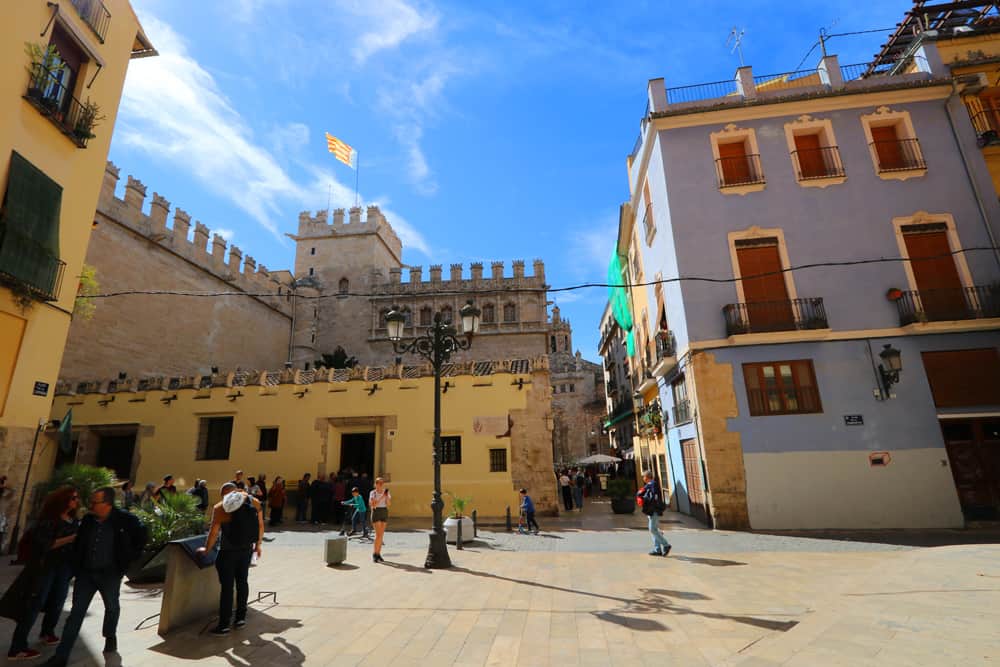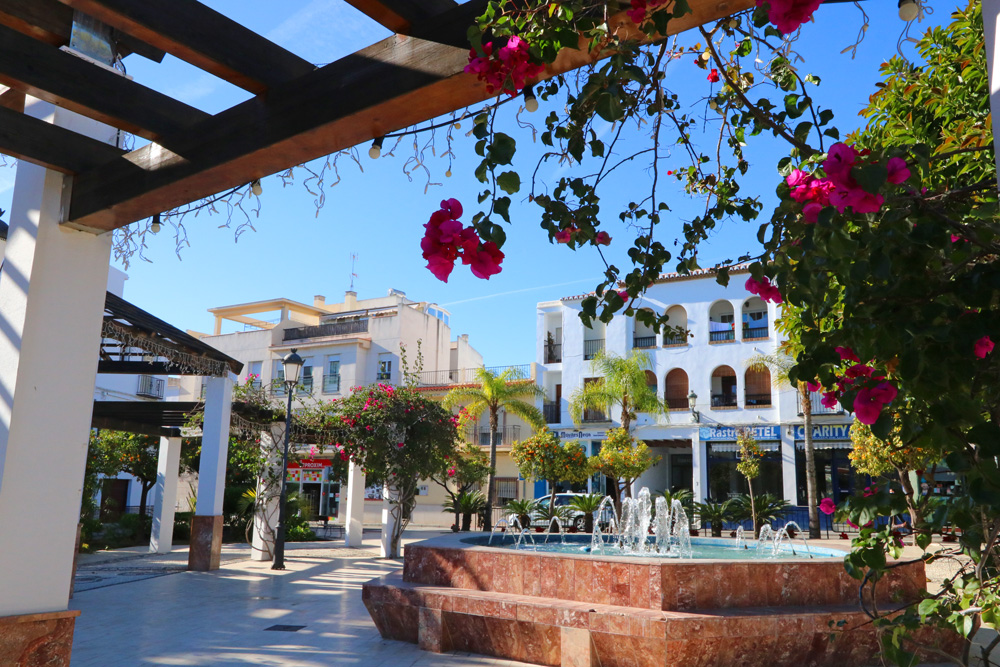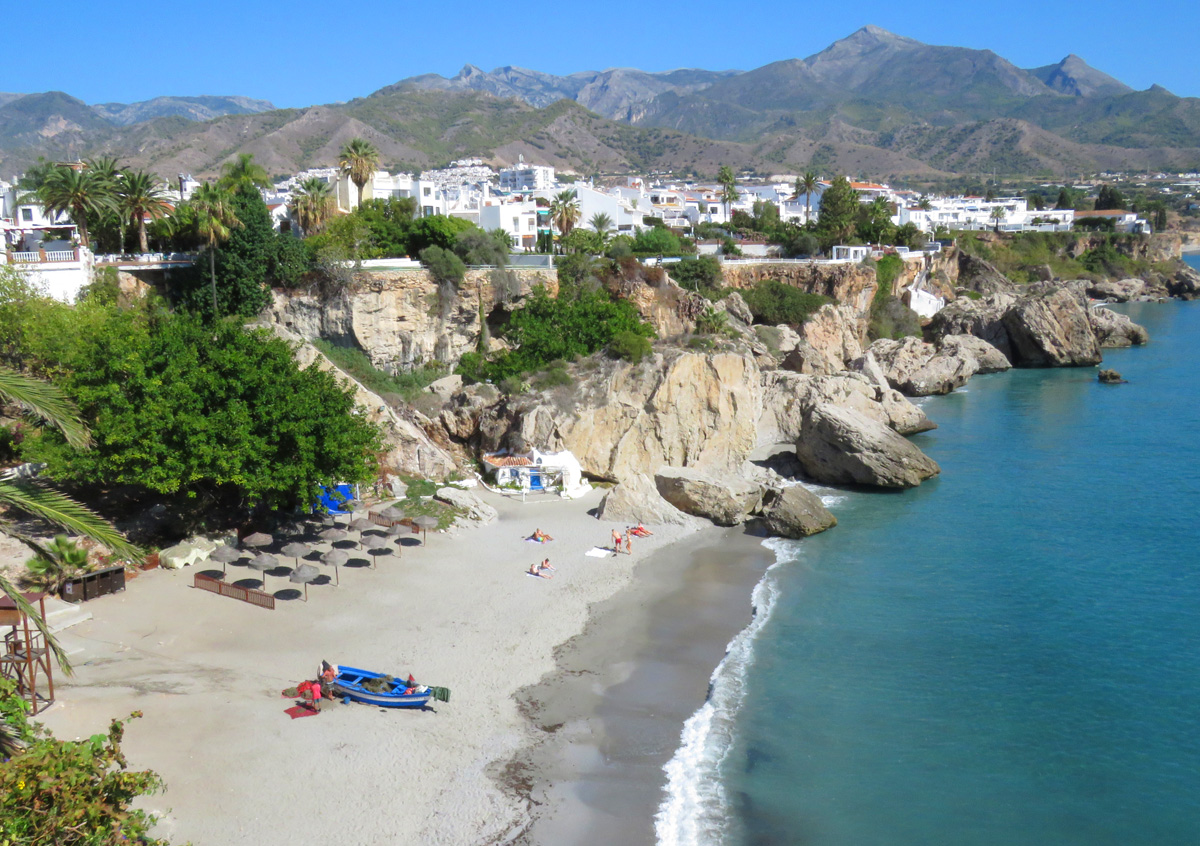Frank and Lissette moved to Spain after 6 years of slow travel around the world. Here's the story of the couple's first chapter of their new life in Spain on a nonlucrative visa: finding a home and figuring out which part of the country to settle themselves.
The non-lucrative residence Visa is the visa most people from outside the European Union will apply for if they want to stay longer than 90 days in Spain.
In late 2019 we decided that we wanted to make Spain home. We had been travelling full-time since leaving Canada in 2014 and felt that we had to get serious about having a permanent base. We were both 53 and wanted to have permanent residency somewhere by 60. Going back to Canada was out of the question – we just felt it was too cold, too expensive, and too far away from Europe (we had fallen in love with Europe during our 6 years of travel).
For us Spain was the logical choice. We both speak Spanish, the cost of living is the cheapest in Western Europe (along with Portugal), and Spain is in the Schengen zone which means border-free travel. We like the Spanish lifestyle and Spain’s location at the edge of the continent makes it easy to visit family in Canada and Mexico. Spain is also developed and the infrastructure is good (compared to Croatia where we had lived for a year). Besides all the above, we felt that Spain would be the easiest place to work towards permanent residency in Europe.
The non-lucrative residence Visa is the visa most people from outside the European Union will apply for if they want to stay longer than 90 days in Spain. In fact, you can use it to work towards permanent residency (which you can get after 5 years).
There is a bit of paperwork involved. You’ll have to get criminal records, a medical letter, and (depending on your situation) an updated wedding certificate. You’ll need to show “evidence of economic means” which for 1 person means proof that you have 25,560 Euros of funds available. You’ll also have to get private insurance which will cover you while living in Spain. You’ll have to fill out a whole bunch of forms. Then, on top of it all, you’ll have to get any forms from your home country apostilized and translated (“officially” translated by government-approved translators) into Spanish. If you think it sounds overwhelming you’re right. That’s how we felt. The good news is that it really isn’t as bad as it first appears.
We had to go back to Montreal where we had lived prior to leaving Canada. Spain requires that you apply for the non-lucrative residence at the Spanish consulate or embassy closest to where you reside. Arriving in Montreal, we started working on getting all our documents together.
I mentioned that getting the visa isn’t as overwhelming and scary as it appears. It took us less than a month to get all our documents and forms and have them translated and apostilled. A few weeks later we had an appointment at the Spanish consulate. Two weeks after that we were approved and had the visas in hand! The whole process took less than two months.
See our detailed guide on getting a Spanish Non-Lucrative Residence Visa
Now, with visas in hand, we felt that city life just didn’t appeal to us. We decided that we wanted to be closer to nature.
In early 2020 we had spent a little over a month exploring possible bases in Spain. Unlike in other countries, choosing your future home isn’t obvious here. There are a lot of choices. Part of it is knowing what you want and nailing down your criteria. Our criteria at the time:
A few things we wanted to avoid:
Based on a lot of reading and some recommendations from other expats, we decided to explore Malaga, Granada, Jaén (not an obvious choice but we had other reasons to go), Alicante, Valencia and León. We were in León when our exploration ended – Spain went into a State of Alarm due to Covid. We ended up stuck in León for 4 months.

But at the point we were pretty certain that Valencia would be our future home. It is a beautiful city that ticked off most of our criteria. Granada was a close 2nd, a smaller city close to nature.
A few months later we realized that our criteria had changed. We had left León after lockdown and gone back to Montreal to apply for the visa. Now, with visas in hand, we felt that city life just didn’t appeal to us. We decided that we wanted to be closer to nature. That’s when we decided we’d explore the town of Nerja, on the Costa del Sol, upon our return to Spain.

Nerja had been recommended to us by a few expat friends. It’s a seaside town about 45 minutes up the coast from Malaga. There’s lots of nature with sea and mountains all around. It’s a pretty place and we immediately felt at peace. Yes, there are expats (about 25% of the town’s population is made up of expats) and I’m told it gets very busy in the summer when tourists flock here. So we ended up going against a couple of items on our initial criteria list. But it also met our other criteria: we’re surrounded by nature, close to a major airport, and the cost of living is comparative to Granada and Valencia. On top of all that, Nerja is a real town. When evaluating whether we could live here we looked to see if it had the kind of stores that support everyday life. It does. You’ll find a couple of large supermarkets in town (including a Mercadona), bakeries, hardware, fruterias (where we can buy fruits and vegetables), a locksmith, and multiple stores that sell beds and household appliances. Nerja has it all within a 10 minute walk. In the end that sealed it for us.

The decision to live in Nerja was made 6 months ago. We couldn’t be happier. We’ve found a beautiful townhouse with a large backyard. I can hike in the mountains surrounding town while Lissette enjoys doing yoga in the gardens of the Parador de Nerja. We’ve gotten to know the town and locals and this has only made us like Nerja more. After 6 years of travel and being “homeless” we’ve found a home in Spain.
Add a comment
Sign-up to post a comment…